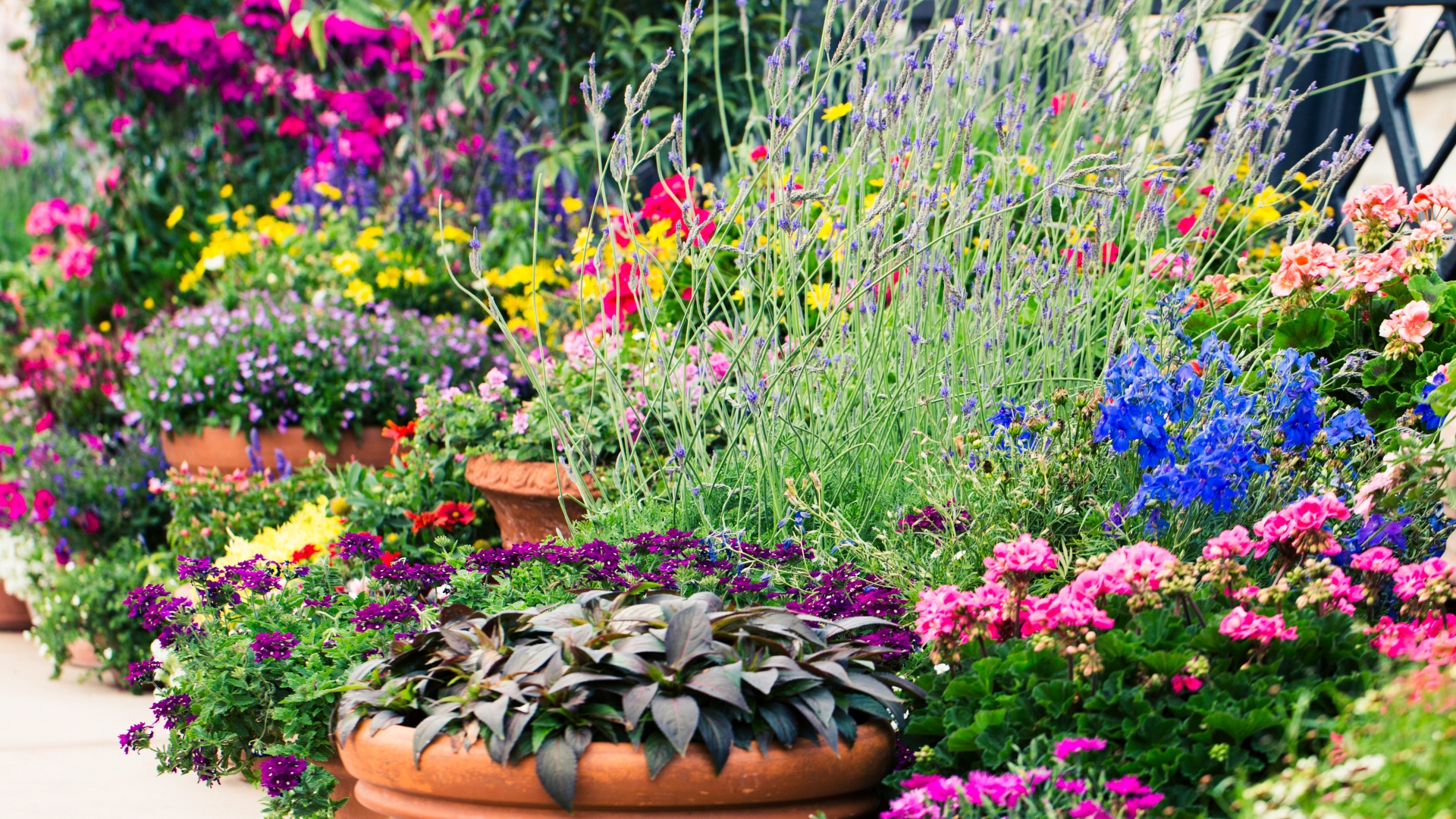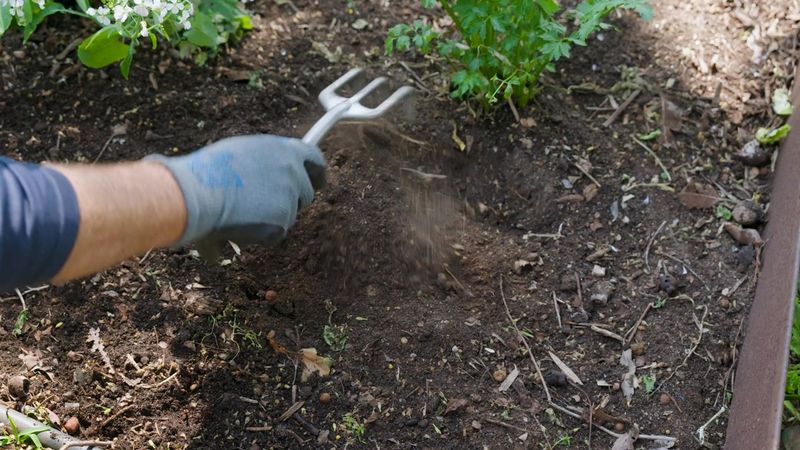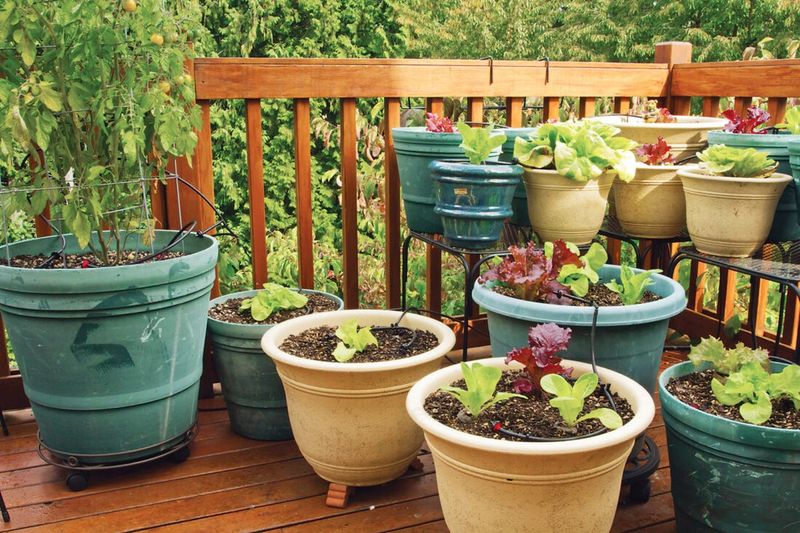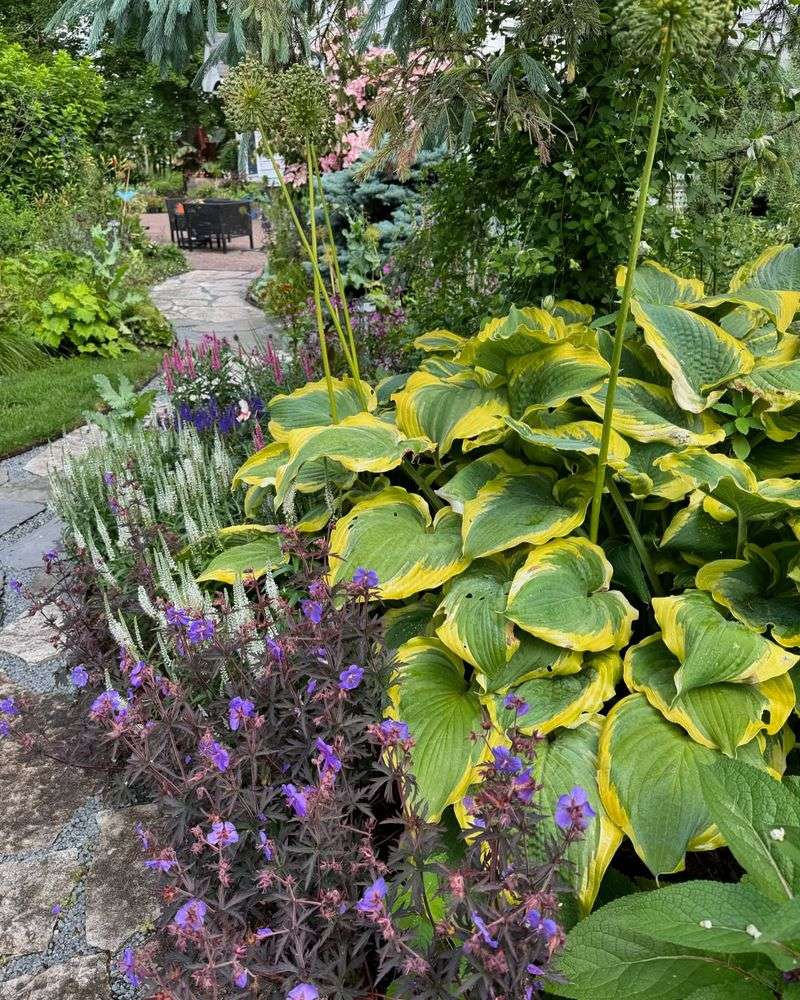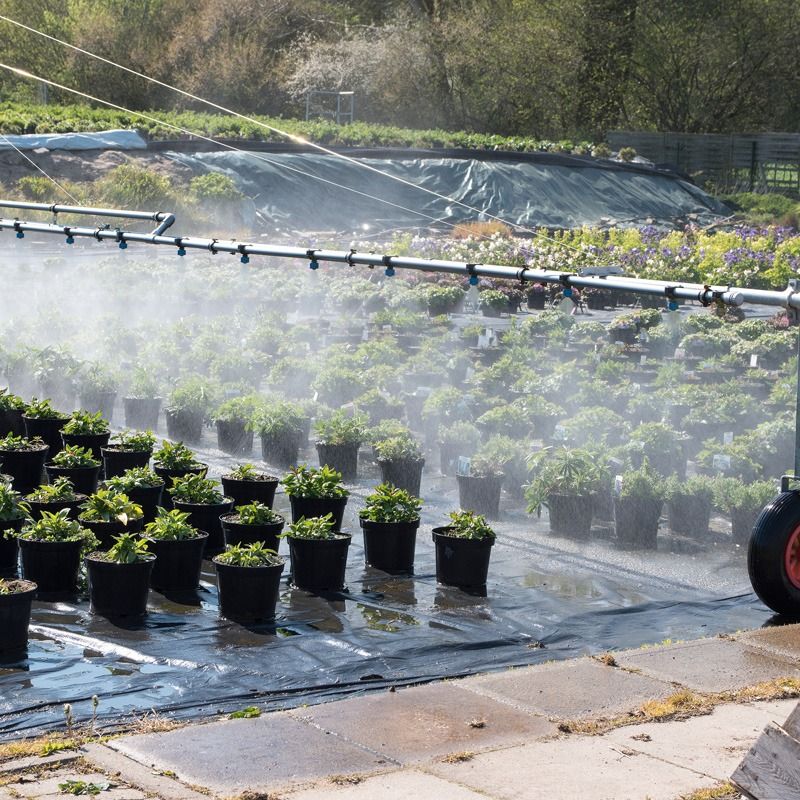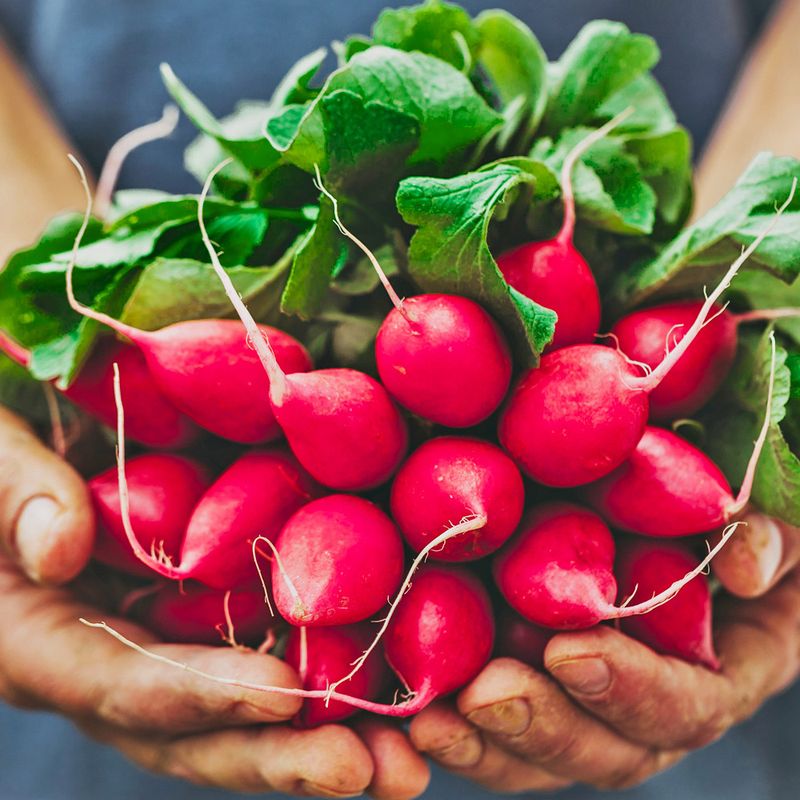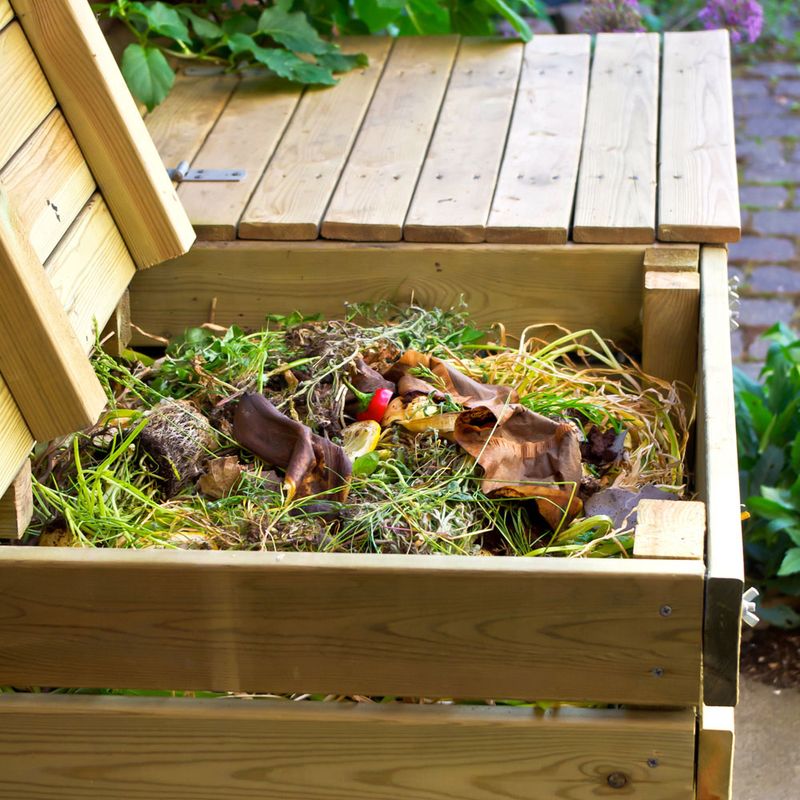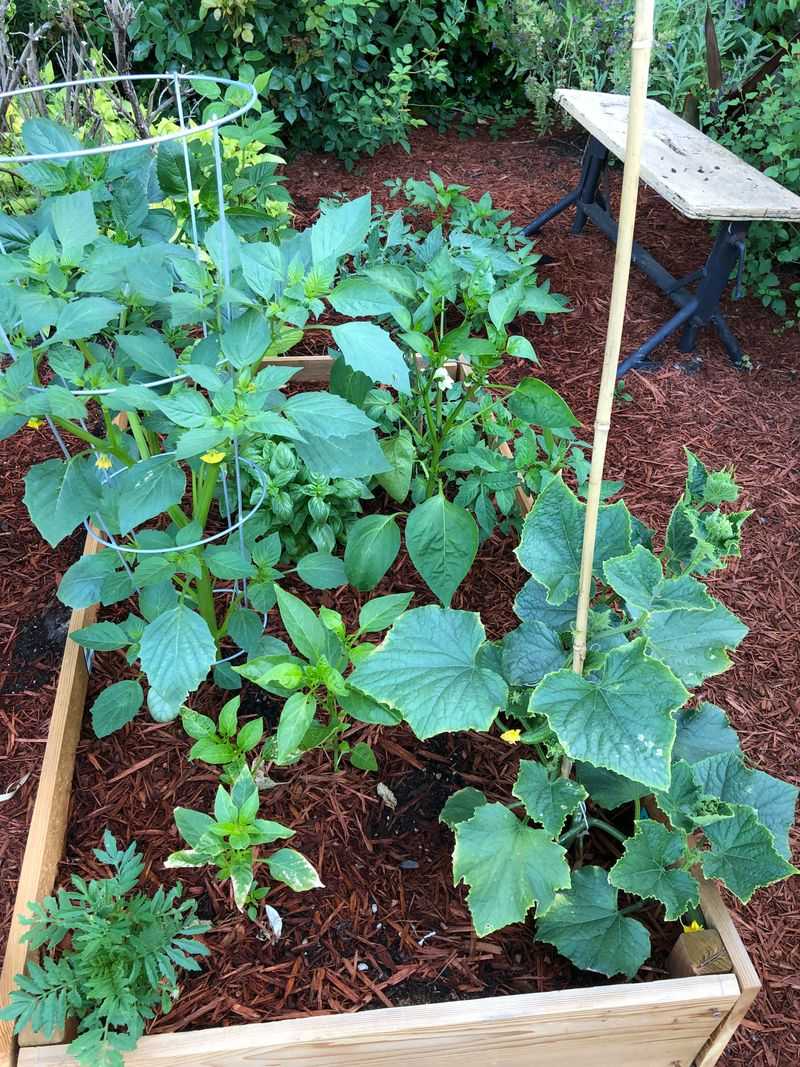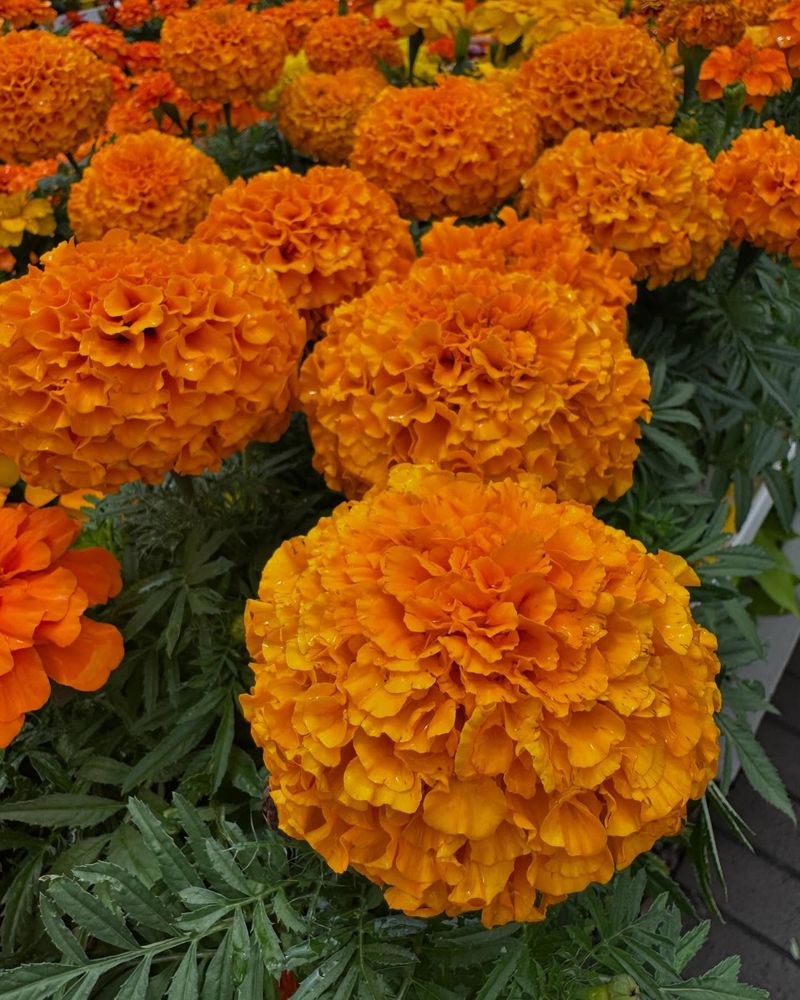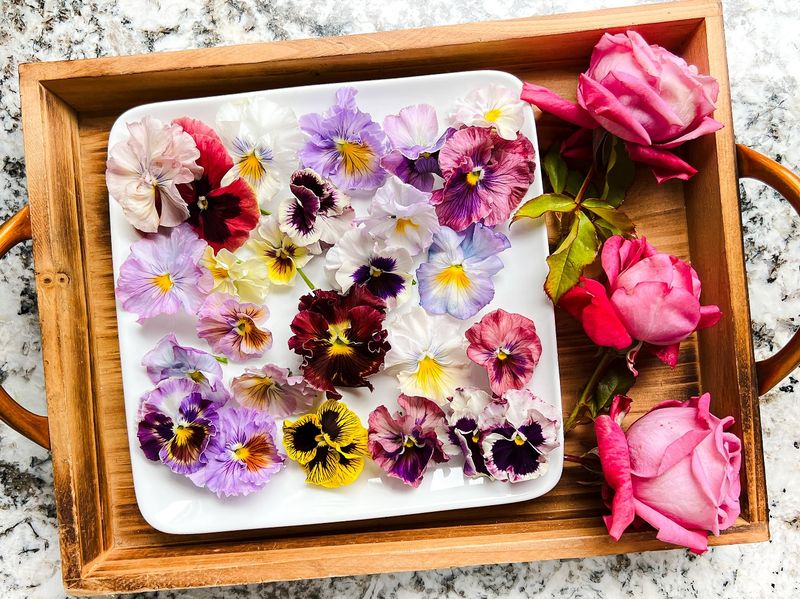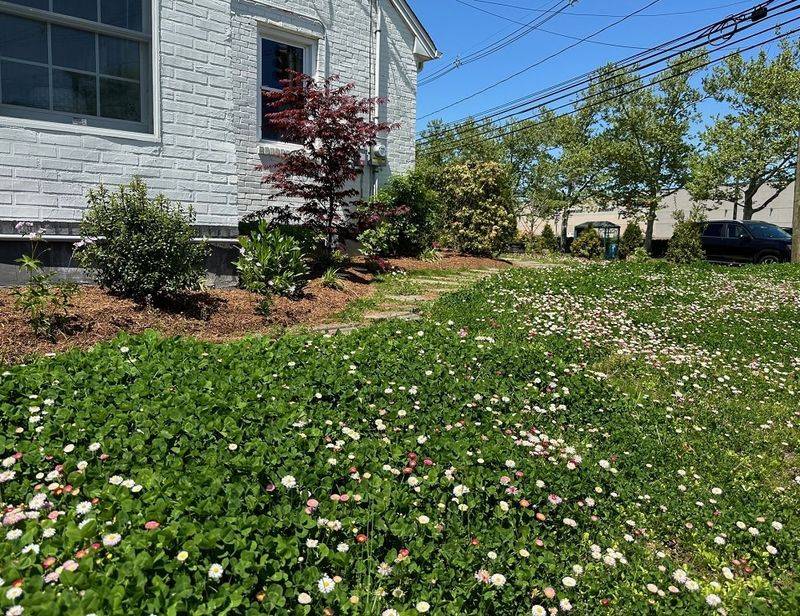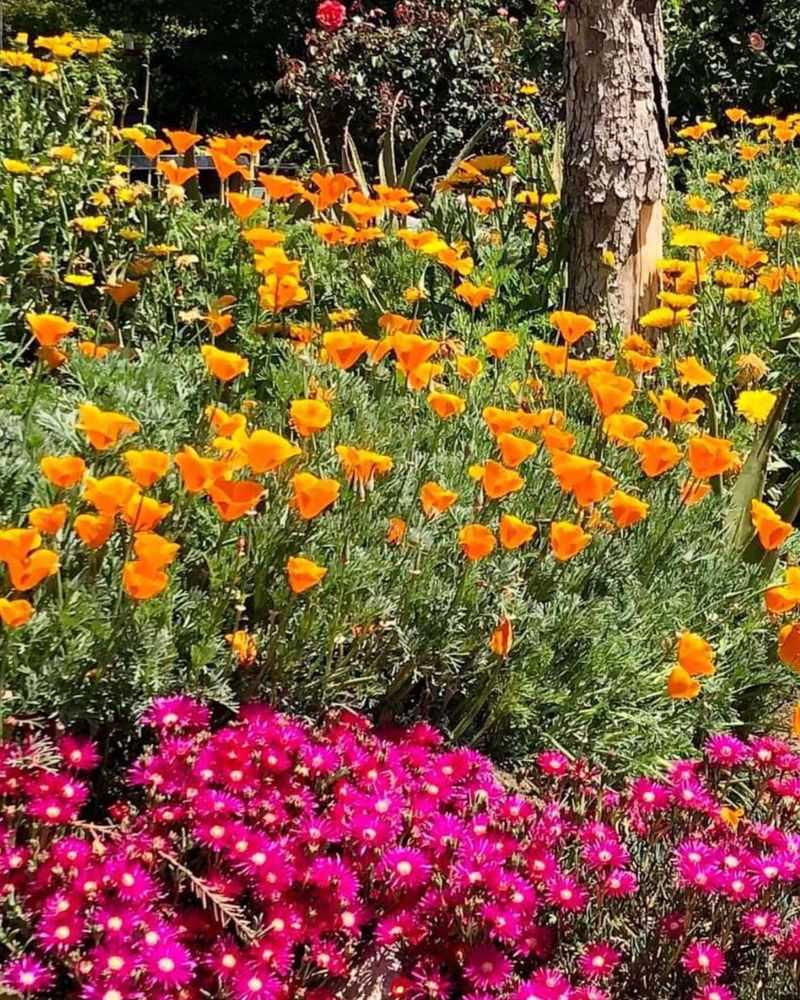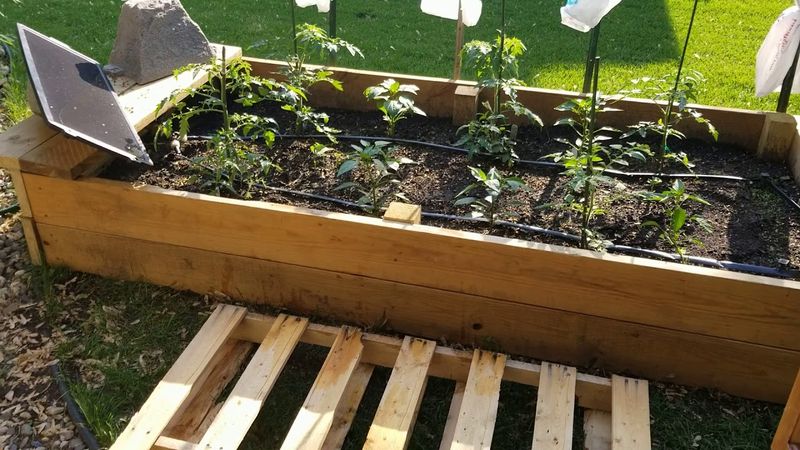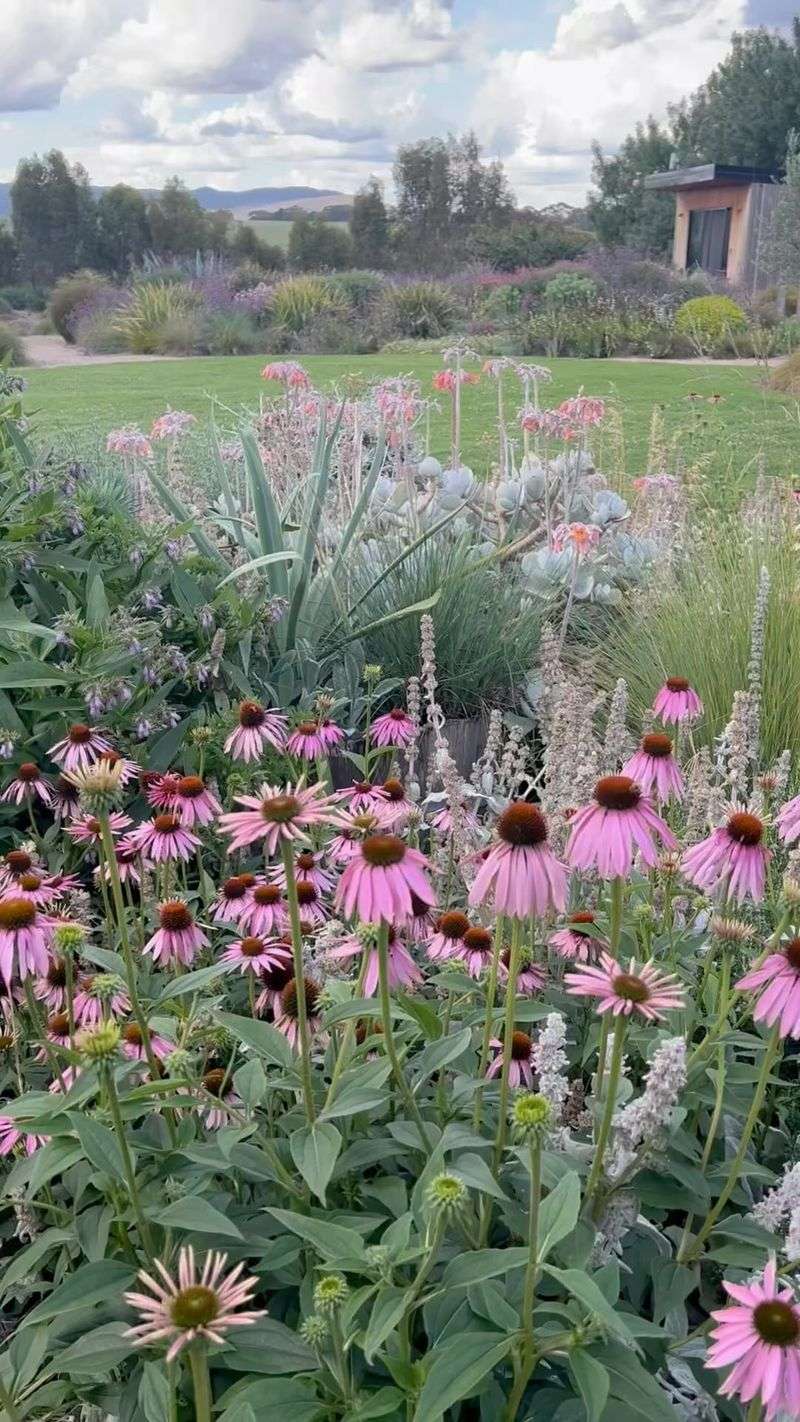May is a busy month for everyone, but your garden doesn’t have to suffer. With a few quick tricks, you can keep your garden lush and vibrant, even if you’re short on time. Get ready to enjoy more greenery and blooms without the hassle.
1. Efficient Mulching
Transform your garden with efficient mulching. This simple task retains moisture, suppresses weeds, and adds nutrients to the soil. Start by spreading a 2-inch layer of organic mulch around your plants. It conserves water, so you spend less time watering.
Moreover, it keeps weeds at bay, giving your plants room to thrive. Choose materials like straw, wood chips, or shredded bark. These materials not only enhance the soil but also provide a polished look.
Remember, mulching is best done in the morning or evening when the sun isn’t too harsh. Enjoy a healthier garden with mulching.
2. Container Gardening
Brighten up your space with container gardening. This method is perfect for people with limited space. You can easily grow flowers, herbs, and even vegetables in pots. It’s fun to mix and match plants in different containers.
Plus, they can be moved around to suit your needs or chase the sun. Choose lightweight pots if you want to rearrange them frequently. Ensure proper drainage to prevent waterlogging.
Container gardening is also great for renters who can’t alter the landscape. With the right care, your patio or balcony will burst with life.
3. Choose Perennials
Simplify your gardening with perennials. Unlike annuals, perennials return year after year, saving you time and effort. They establish deeper root systems, requiring less watering.
Choose a variety of perennials to ensure continuous blooms throughout the season. With options like daylilies, hostas, and lavender, your garden will be full of color. Perennials are perfect for gardeners who prefer low-maintenance plants.
They adapt to various soil types and weather conditions, offering resilience. With a mix of heights and textures, perennials can transform your garden into a beautiful, enduring oasis.
4. Smart Watering
Optimize your garden’s watering routine with smart techniques. Watering in the early morning reduces evaporation and ensures plants receive moisture when they need it most.
Consider installing drip irrigation systems to target roots directly. Mulching further conserves water by retaining soil moisture. Avoid watering in the evening to prevent fungal diseases. Smart watering not only saves time but also reduces water bills.
For busy gardeners, these methods ensure that plants are healthy without constant attention. Enjoy a lush garden with less effort and more efficiency.
5. Fast-Growing Crops
Harvest home-grown vegetables quickly with fast-growing crops. Radishes, lettuce, and spinach mature in a few weeks, perfect for impatient gardeners. These crops fit well in small, urban gardens or containers.
Quick harvests mean you can plant successive crops throughout the growing season. In addition, they provide fresh produce without a long wait. Choose a sunny spot and rich soil for best results.
Regular watering and occasional feeding help maintain growth rates. Fast-growing crops offer a quick win for gardeners who love fresh, home-grown flavors without the long commitment.
6. Herb Spiral
Create an eye-catching herb spiral for fresh flavors anytime. This efficient design maximizes space and allows different herbs to thrive. Build the spiral using bricks or stones, placing taller herbs in the center and smaller ones around the edges.
This arrangement ensures each herb receives the right light and moisture. Harvest herbs like basil, thyme, and rosemary as needed. Herb spirals are great for small gardens and offer continuous harvests.
They add a unique visual element and are easy to maintain. Enjoy a variety of herbs at your fingertips with this simple project.
7. Compost Corner
Turn waste into garden gold with a compost corner. Composting enriches soil, reduces landfill waste, and promotes sustainability. Set up a compost bin in a shady corner of your garden. Add kitchen scraps, yard waste, and coffee grounds.
Regularly turn the pile to aerate and speed up decomposition. Within months, you’ll have a rich, nutrient-dense compost to boost plant growth. Composting is practical for any garden size, offering a way to recycle organic materials.
It’s a simple, cost-effective method to improve your garden’s health and support the environment.
8. Prune for Health
Ensure plant health with strategic pruning. Removing dead or diseased branches encourages new growth and shapes plants. Use sharp, clean tools to make precise cuts and prevent injury to plants.
Pruning opens up the canopy, improving air circulation and light penetration. This practice reduces the risk of pests and diseases. Focus on plants that flower on new growth for the best results.
Pruning is a straightforward task with lasting benefits for your garden. A few minutes of careful trimming can lead to healthier plants and more vibrant blooms.
9. Instant Color with Bedding Plants
Bring instant color to your garden with bedding plants. These annuals fill gaps in flower beds and borders with ease. Choose vibrant petunias, marigolds, or begonias for a pop of color. Plant them in groups for a striking effect.
Bedding plants are a quick fix for dull spots, offering season-long blooms. They’re perfect for busy gardeners who want immediate results.
Remember to water regularly and deadhead spent flowers to encourage continuous blooming. Bedding plants offer a simple way to brighten any garden space, making it lively and cheerful.
10. Edible Flowers
Delight in color and flavor with edible flowers. Nasturtiums, pansies, and violets not only add beauty but are also culinary treats. Plant them in borders, containers, or hanging baskets. They’re easy to grow and require minimal care.
Harvest blooms to garnish salads or desserts, impressing guests with their vibrant hues. Edible flowers support pollinators too, enhancing your garden’s ecosystem. Choose organic methods to ensure blooms are safe to eat.
Their dual purpose of decoration and flavor makes them a fun addition for creative gardeners looking to spice up their meals naturally.
11. Low-Maintenance Lawns
Simplify lawn care with low-maintenance varieties. Choose grass types like fescue or incorporate clover for a resilient, drought-tolerant lawn. These options reduce mowing frequency and water needs.
Clover enriches soil with nitrogen, keeping your grass healthy without fertilizers. Low-maintenance lawns are ideal for busy gardeners who prefer less upkeep. They thrive in different climates and adapt well to changes.
Enjoy a lush, green lawn without constant attention, freeing up time for other gardening projects. It’s a practical choice for those seeking beauty and sustainability in their outdoor spaces.
12. DIY Plant Markers
Get creative with DIY plant markers. Use natural materials like stones, wood, or sticks to label your plants. Personalize them with paint or engravings for a unique touch. Not only do they help identify plants, but they also add charm to your garden.
Engage kids in this fun project to inspire creativity. Plant markers are practical and decorative, offering an easy way to organize your garden. Use weather-resistant materials to ensure longevity.
This simple DIY activity enhances the gardening experience, making it enjoyable for all ages. Enjoy both functionality and art in your garden.
13. Opt for Native Plants
Enhance your garden’s ecosystem with native plants. They require less water and care, thriving in local climates naturally. Native plants attract beneficial insects and birds, supporting biodiversity. Choose species that complement your garden’s design and soil.
They’re resilient and reduce the need for fertilizers or pesticides. Native plants offer a sustainable gardening solution for busy individuals.
With minimal maintenance, they provide a habitat for wildlife while beautifying your space. Embrace the local flora and enjoy a garden that’s both eco-friendly and visually appealing.
14. Garden Automation
Introduce technology with garden automation. Use timers for watering, lighting, and even feeding schedules. Automation ensures consistent care without daily attention. Smart devices can be controlled remotely, offering flexibility for busy lifestyles.
This tech-savvy approach reduces manual labor, allowing you to focus on enjoying your garden. Whether you’re traveling or occupied with other tasks, automation handles the essentials. It’s an investment in convenience and efficiency.
Garden automation transforms how you manage your outdoor space, making it modern and manageable. Stay connected to your garden with the touch of a button.
15. Pollinator Paradise
Create a haven for pollinators with diverse plantings. Bees, butterflies, and hummingbirds thrive in gardens rich with nectar sources. Plant a variety of flowers that bloom at different times, ensuring a constant food supply. Pollinator-friendly gardens support biodiversity and improve your garden’s productivity.
Choose species like lavender, coneflowers, and bee balm. Avoid pesticides to protect these beneficial creatures.
By fostering a pollinator paradise, you contribute to ecological health and enjoy a more dynamic garden. It’s a rewarding project that benefits both your plants and the planet.

